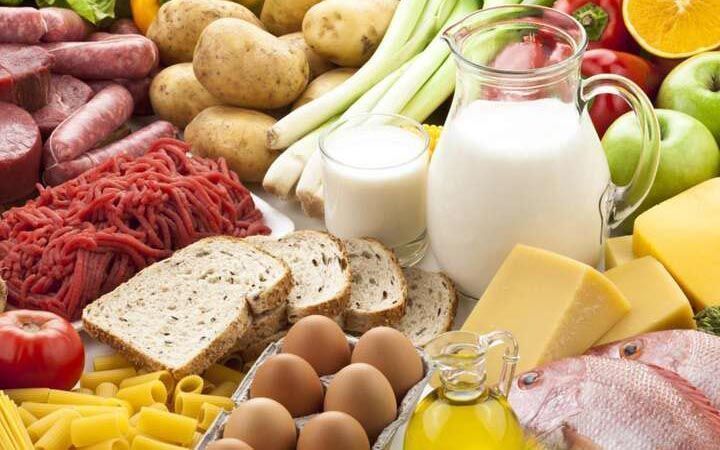FAO Reports Decline in Global Food Price Index

In October, the overall index was 21.1% below the peak value of March 2022 and slightly below the level of October 2024.
Dairy Products
The decline continues for the fourth consecutive month, although the index remains 2.7% higher than in October 2024.
-
Butter: -6.5%
-
Whole milk powder: -6.0%
-
Skimmed milk powder: -4.0%
-
Cheese: -1.5%
FAO experts attribute this to increased export capabilities of the EU and New Zealand, moderate production growth, and weakening Asian demand.
Cereals
The Cereals Price Index decreased by 1.3% for the month and by 9.5% year-on-year.
-
Wheat: -1.0% due to favorable crop forecasts in the Southern Hemisphere and stable sowing campaigns in the Northern Hemisphere.
-
Coarse grains: -1.1% — a decline in barley, corn, and sorghum prices.
Vegetable Oils
The only category that showed growth: the index rose by 0.9%, reaching its highest level since July 2022.
The increase is attributed to the rising costs of palm, rapeseed, soybean, and sunflower oils. Sunflower oil prices have been rising for four consecutive months, while increases in other oils are due to limited supply in the EU and high domestic demand in Brazil and the USA.
Meat
The Meat Price Index decreased by 2%, the first decline after eight months of growth, but remains 4.8% higher than a year ago.
-
Pork and poultry prices fell the most due to excess supply and reduced imports from China, which imposed tariffs and sanitary restrictions.
-
Beef prices increased due to high demand for Australian products.
Sugar
The Sugar Price Index fell by 5.3%, reaching its lowest level since December 2020.
This is due to consistently high global supply and falling oil prices, which reduce demand for sugar as a biofuel feedstock.












